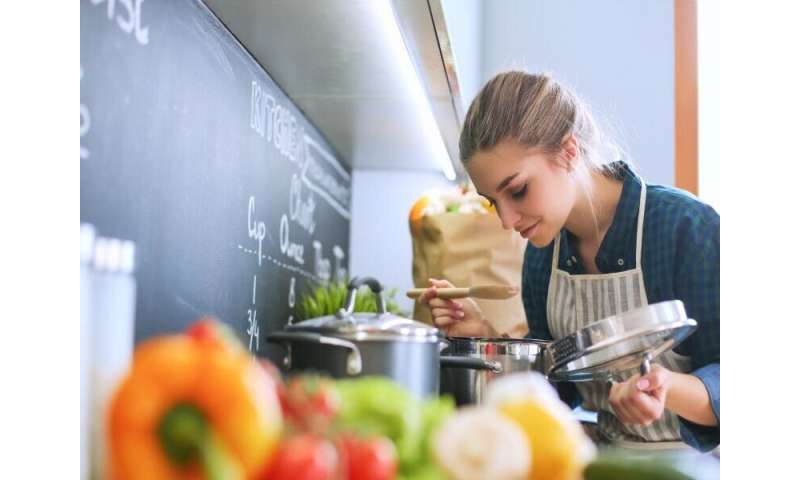Cooking up a storm during coronavirus crisis? Store leftovers safely


Social distancing measures have many Americans cooking at home during the coronavirus pandemic, so one food safety expert has tips for storing and preparing leftovers properly.
One of the most important safety measures is to place perishable foods—those that require cold storage to be kept safe—in the refrigerator or freezer within two hours of being cooked, said Elizabeth Andress, a food safety specialist at the University of Georgia.
“Cooking doesn’t remove all bacterial concerns from foods—they still have to be kept at recommended temperatures,” Andress said in a university news release.
“After food is safely cooked, enjoy your meal, but within two hours of cooking food or after it is removed from an appliance keeping it warm above 140 degrees Fahrenheit, leftovers must be refrigerated,” she stressed.
Divide large amounts of food into shallow containers. Cut or slice roasts, hams and whole turkeys into small pieces placed in small containers. Other larger items like casserole dishes should be packaged in smaller portions.
Place leftovers in tightly sealed containers or wraps. For freezer storage, packaging should be moisture and vapor-resistant materials to prevent freezer burn. Plastics should be freezer weight and glass jars should be meant for freezing and have air-tight lids.
Label each package with the name of the food, ingredients and packaging date. Package foods in amounts you’re likely to use at one time.
When it comes to preparing leftovers, make sure your hands are clean and work surfaces like cutting boards and counters, food storage containers and utensils are properly sanitized.
It’s also “best to start with a clean apron and dish towels or wipes and not those you used in meal preparation that may have come in contact with food residues at room temperature themselves,” Andress said.
The safest way to thaw frozen leftovers is in the fridge. If leftovers are then to be reheated, reheat them to at least 165 degrees and check the internal temperature of the thickest part with a food thermometer. Bring gravies, sauces and soups to a rolling boil.
Source: Read Full Article